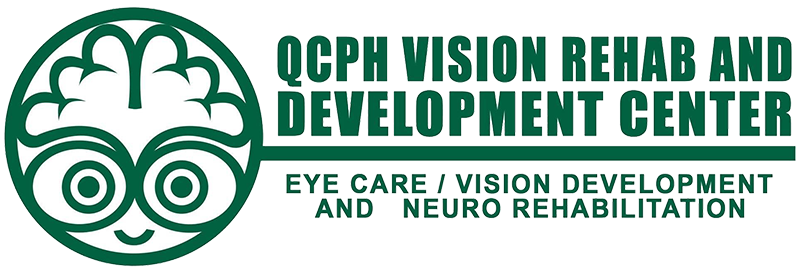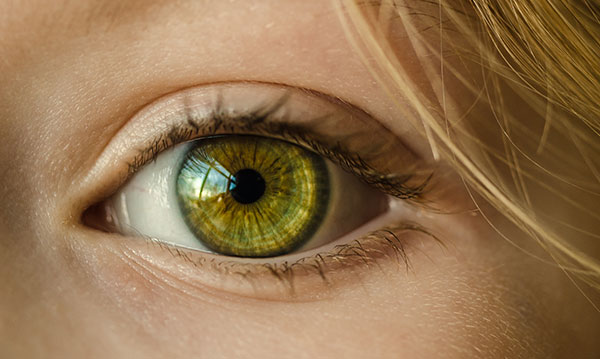
Comprehensive Eye Examination
A comprehensive examination includes preliminary visual skills testing, refractive testing which will check unaided and aided visual acuity, ocular health evaluation, including that of the appendages of the eyes and basic muscle balance testing. It is suitable for individuals of all ages and is typically conducted in 30 minutes.
For Pediatric
- Scheduled routine eye exams for children as young as 6 months, toddlers from 1 to 3, again before they begin school and every year thereafter.
For Special Population (all ages)
- Non verbal
- Learning disability
- ADHD
- Autism
- Down Syndrome
- Cerebral Palsy
- Post traumatic head injury
Vision Development / Therapy
Vision therapy is a doctor-supervised, non-surgical and customized program of visual activities designed to correct certain vision problems and/or improve visual skills.
Vision therapy can include the use of lenses, prisms, filters and computer-assisted visual activities. Other devices, such as balance boards, metronomes, and non-computerized visual instruments also can play an important role in a customized vision therapy program.
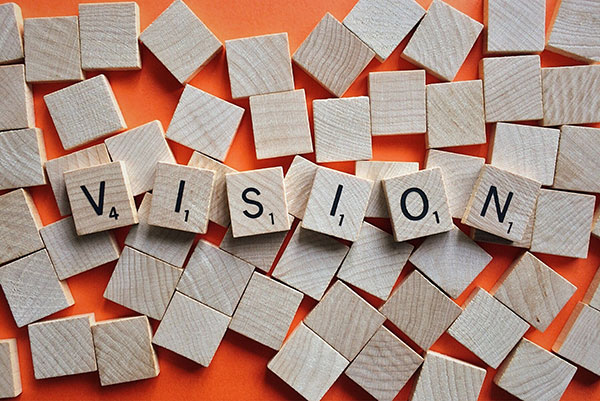
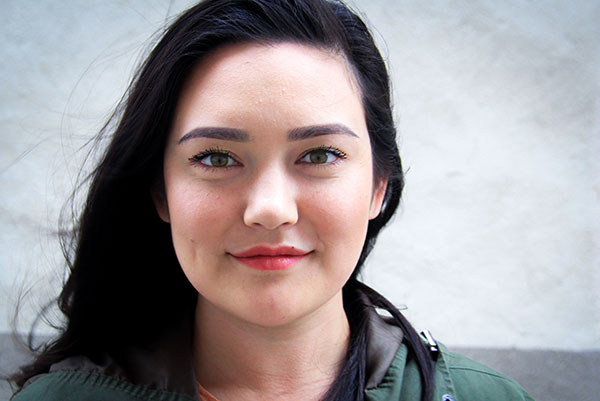
Neuro Rehabilitation
Brain trauma often causes vision deficits, a frustrating reality that complicates a patient’s ability to walk, achieve balance, and return to work post-injury. Because vision affects other sensory functions, these deficits can impair judgment, focus, and spatial orientation. This impacts a critical milestone in recovery – safely navigating in real-world settings.
We have a comprehensive vision program providing therapies and technologies that can build new pathways in the brain and correct visual damage.
It’s like physical or occupational therapy for the eyes, we will be working to rebuild function that was compromised by trauma.
A neuro optometric assessment would be done to decipher the extent of the damage in vision caused by the trauma. The neuro-optometric assessment to test visual skills, eye tracking, spatial orientation, eye teaming, and convergence. Prior to this appointment, we would be requesting your previous medical history. Next would be a neurosensory exam to determine the patient’s center of balance. He isolates vision and inner ear functions to determine their effect on balance and how well the three entities integrate. Thereafter, we would see patients monthly–with collaboration with their occupational therapist–to review progress if needed.
Active and Passive Therapies Enhance Treatment For Neuro patients.
Specialized lenses are often prescribed, which use a combination of prisms, tints, and occlusion to correct trauma-induced problems. These optometric devices complement treatment at Autonomic nervous system. The ‘active’ therapy is treatment provided at the clinic. Both work on specific skills. Each work together, but are separate interventions.
To be able to identify the neuropathways that are damaged, then provide CNS patients with the tools, technology, therapies, and eyewear that bridge the gap between rehabilitation and returning to normal living
Sports Vision Training
Sports vision training is not vision therapy, but it shares some of the characteristics of VT. We customize vision training programs for anyone interested in optimizing their visual skills for specific sports. Many amateur and professional athletes have undergone sports vision training programs to improve their performance. These programs typically are designed to enhance a person’s visual skills for a specific sport rather than to correct a vision problem.
Sports vision training works to improve the visual abilities of an athlete, with respect to his or her individual sport. The Human Visual System is the complex relationship between the eyes and the brain. In sports, the focus of training is in the following areas: Eye Alignment, Focusing, Eye Teaming/Tracking, Fusion, Peripheral Vision and Dynamic Vision, Contrast Vision and Visualization.
- Eye-Hand Coordination – the ability to more accurately use your eye to direct the movements of our hands/body therefore increasing reaction time.
- Dynamic Visual Acuity – acuity while object is in motion
- Contrast Vision – sharpness of vision in a variety of lighting conditions
- Tracking of objects in motion– increased ability to “keep your eye on the ball”
- Increased peripheral vision – increased ability to see things “out of the corner of your eye”
- Visualization – the ability to see an object in motion and anticipate where it will be even before the object gets there
- Increased awareness of depth perception – the ability to quickly judge the distance and speed of an object (baseball, tennis ball, etc)
- Stronger focusing – this is the ability to change focus from one object to another in a quick and concise manner


Optical Services
- Spectacles / eyeglasses
Our staff will help you find the best fit for your specific needs and explain how different lenses will impact your vision. They will help you narrow down your choices so you can find the fit and functionality you want from your eye wear. - Contact lenses
- Prosthesis
Vision for Children With Special Needs
If you are a parent of a child with special needs, you know that nothing fully prepares you for this unique journey – no books or websites can provide you with all the answers you seek.
That’s especially true when it comes to your child’s eye care and visual needs.
Public school data shows that up to 14% of all public school students aged 3 to 21 receive special education services. This statistic does not account for all of the children with special needs, as many are educated privately.
Their conditions or disabilities can be divided into four categories:
- Developmental — Down syndrome, autism, dyslexia, and processing disorders
- Behavioral/Emotional — ADHD, mental health, or oppositional defiant disorder
- Physical — Muscular dystrophy, multiple sclerosis, chronic asthma, and epilepsy
- Sensory Impaired — Blind, visually impaired, deaf, or hearing-impaired
It’s important to note that children with special needs may exhibit certain behaviors that are perceived as part of their syndrome (or a specific diagnosis) when in fact, many of these behaviors may be due to an underlying and undetected vision problem.

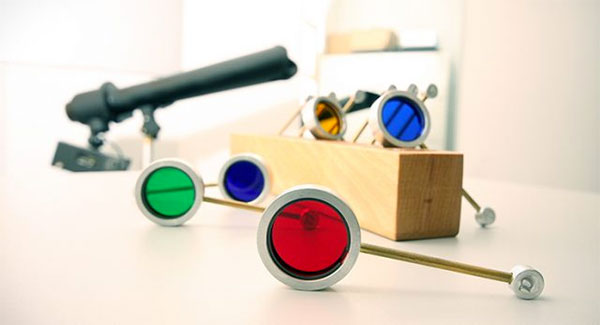
Syntonics
Syntonics is a therapy via the eyes of specific frequencies of light for the enhancement of visual functions. Used for conditions such as lazy eyes, turns (strabismus), accommodative convergence problems, migraine, visual field, learning disabilities, sports vision, computer vision syndrome.
Other Assessments / Evaluations
Athlete Vision Assessment
Neuro Optometric Assessment
Neuro-optometric rehabilitation is an individualized treatment regimen for patients with visual deficits as a direct result of physical disabilities, traumatic brain injuries, and other neurological insults. Neuro-optometric therapy is a process for the rehabilitation of visual / perceptual / motor disorders. It includes, but is not limited to, acquired strabismus, diplopia, binocular dysfunction, convergence and/or accommodation paresis/paralysis, oculomotor dysfunction, visual-spatial dysfunction, visual perceptual and cognitive deficits, and traumatic visual acuity loss.
Patients of all ages who have experienced neurological insults require neuro-optometric rehabilitation. Visual problems caused by traumatic brain injury, cerebrovascular accident, cerebral palsy, multiple sclerosis, etc., may interfere with performance causing the person to be identified as learning disabled or as having attention deficit disorder. These visual dysfunctions can manifest themselves as psychological sequelae such as anxiety and panic disorders as well as spatial dysfunctions affecting balance and posture.
A neuro-optometric rehabilitation treatment plan improves specific acquired vision dysfunction determined by standardized diagnostic criteria. Treatment regimens encompass medically necessary non-compensatory lenses and prisms with and without occlusion and other appropriate medical rehabilitation strategies.
Visual Processing Assessment
Visual processing, or visual perception, is the brain’s ability to analyze and interpret visual information. Visual processing is important in letter and number recognition, early reading and math skills, handwriting, and the ability to copy and organize written work.
With most children, visual processing develops normally without any special attention or intervention. In some children, however, the development of visual processing skills does not keep pace with their growth in other areas. This lag of development can lead to difficulty acquiring a sound foundation in reading, handwriting, and math skills in the early grades.Visual processing assessment can detect problems in children in one or more areas such as-
Visual form perception: the ability to detect likes and differences in shapes, letters, numbers and words.
Directionality: the ability to know left from right, especially as it relates to letters and numbers.
Visual memory: the ability to recall visually presented information.
Visual motor integration: the ability to combine visual information with motor output, also known as eye-hand coordination.
Visual processing speed: The ability to process visual information quickly and accurately
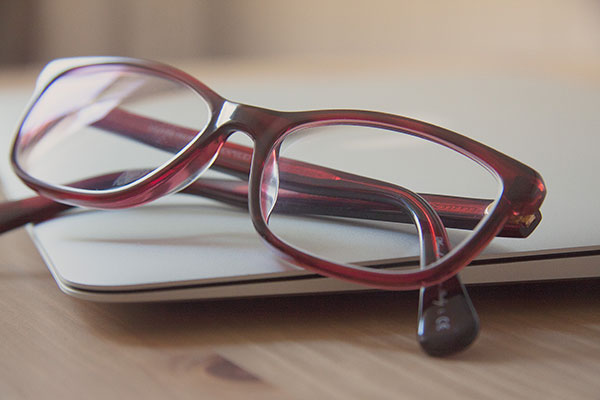

Quick Contact
Please fill out the form below to contact us.
